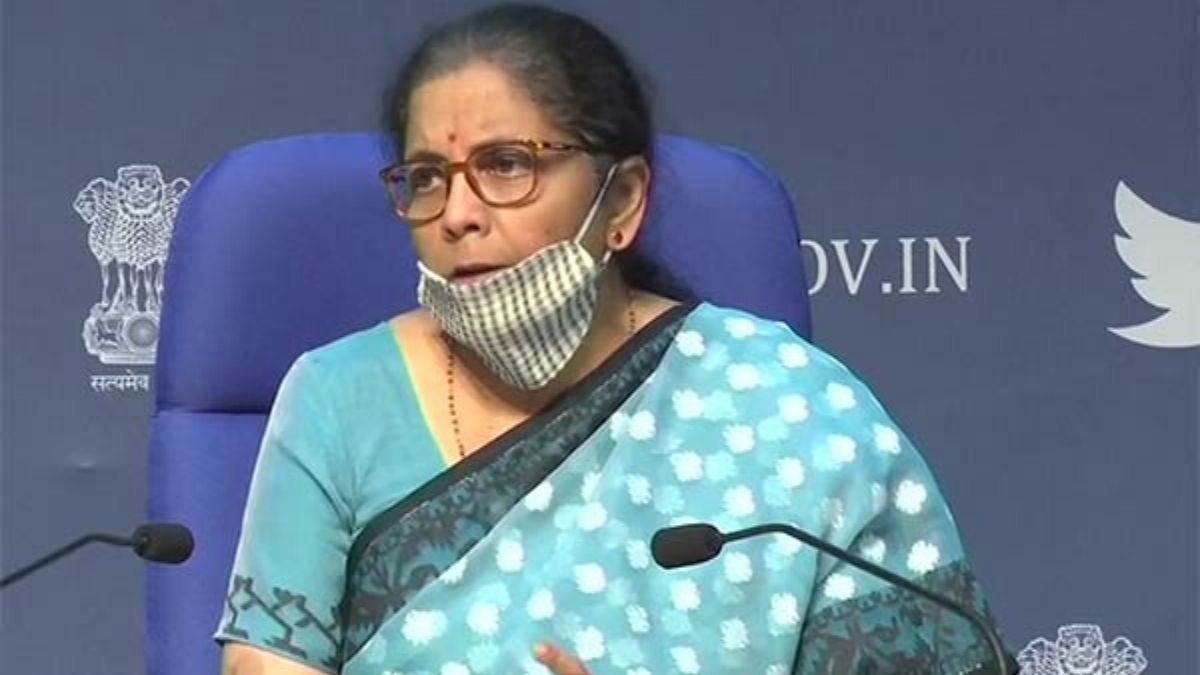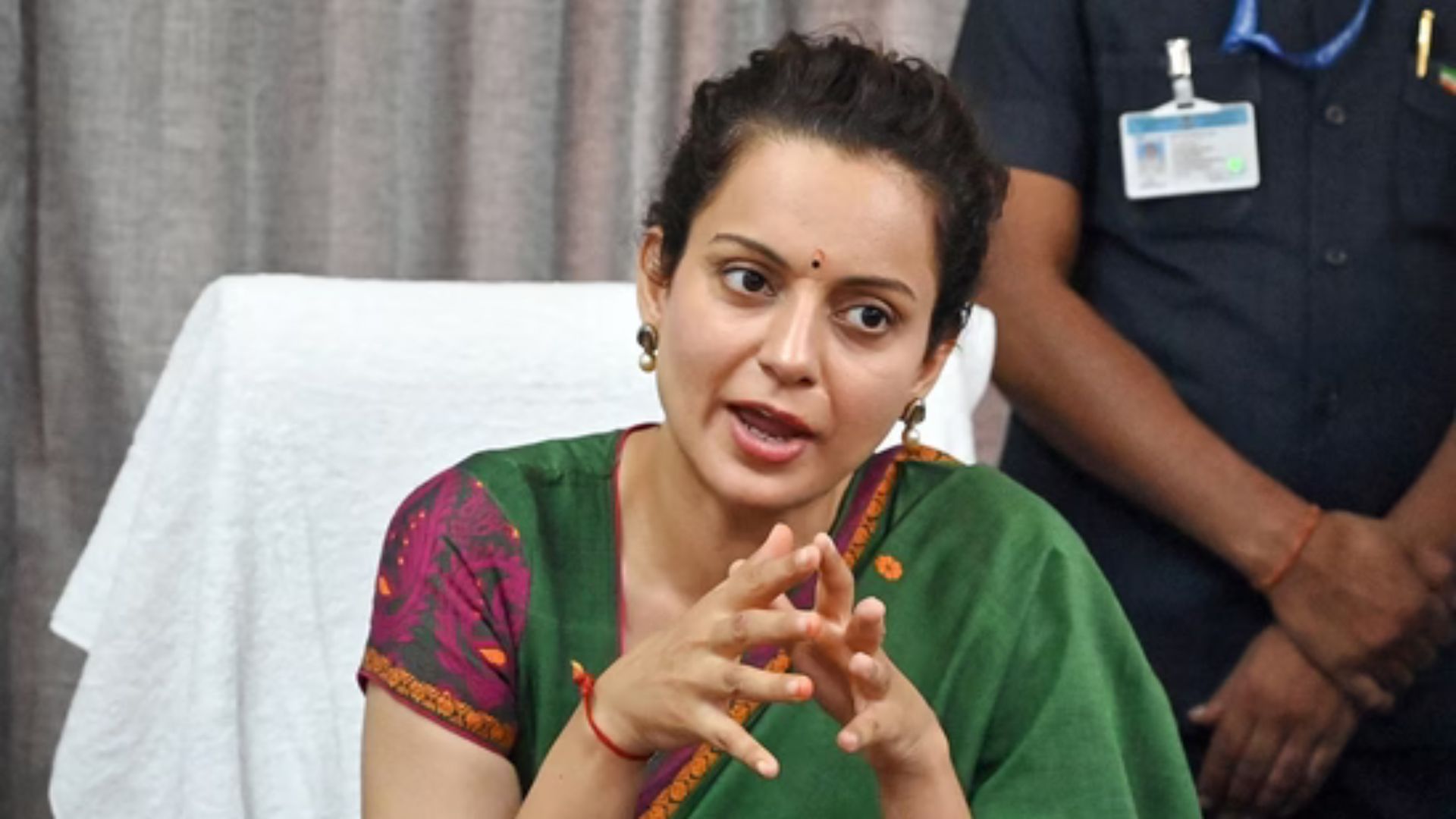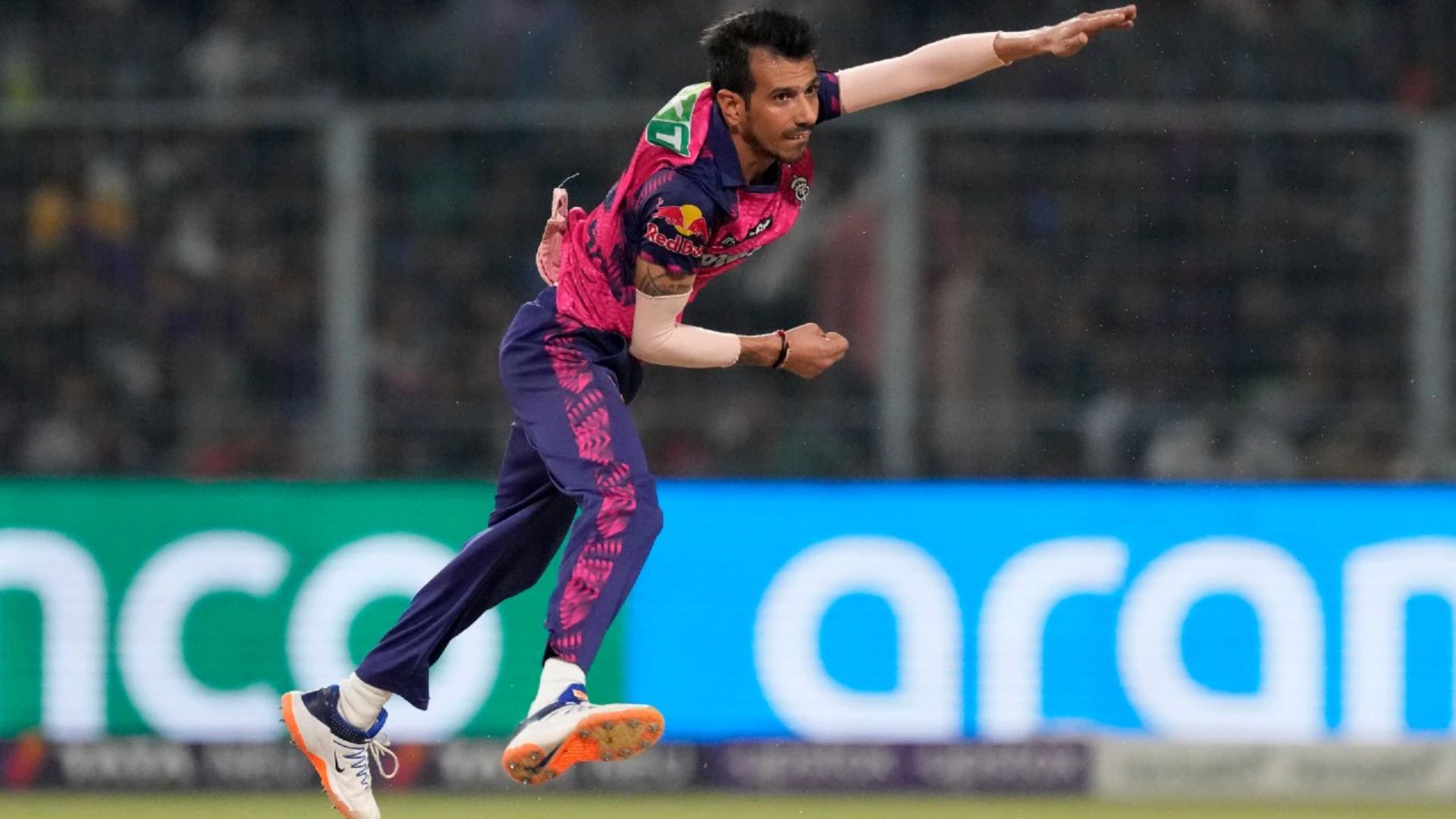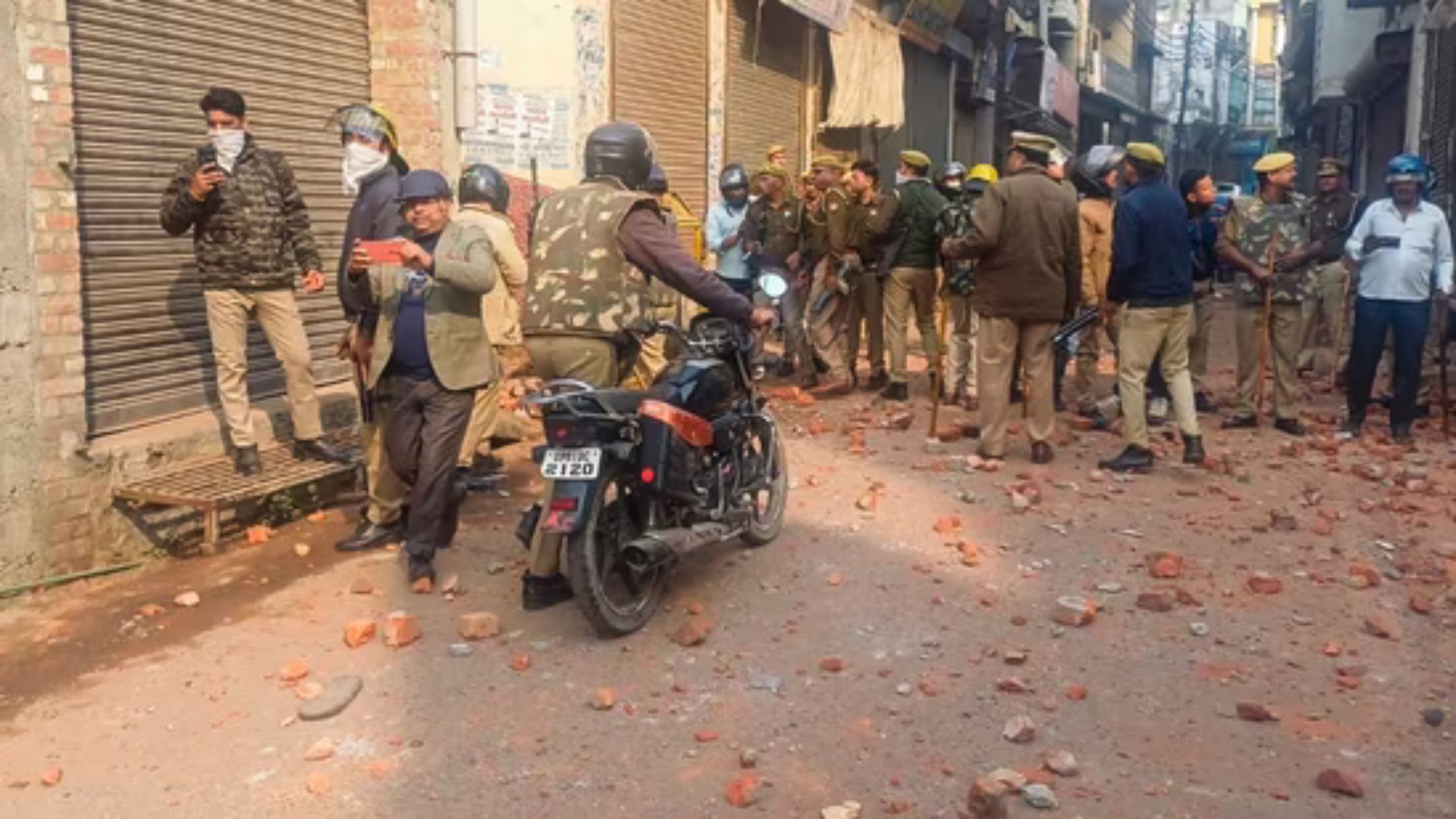
The Centre has obviously thought through carefully how to package the set of measures it needs to announce for the economy. Prime Minister Narendra Modi not only made the startling announcement of Rs 20 lakh crore the government will spend to restart the economy, he also made it clear that Finance Minister Nirmala Sitharaman will fill in the details in digestible chunks, over the next few days.
It is meant to ensure that all the parts of the package get their due air time. To put the numbers in perspective, it is two-thirds of the size of the annual Budget for FY21. Going by today’s set of measures announced by her, it is obviously a smart strategy, never before attempted by any Indian government.
It is akin to breaking up the Budget speech into smaller bits so that next day, just a few measures do not overwhelm the narrative. It is also true that thanks to the asymmetry of listenership of different economic interest groups, the media attention tends to get focussed on the parts that attract the middle class and the top income groups.
The Prime Minister did not want it to happen when the government is often at the receiving end of criticism, because of the massive economic dislocation at the base of the income groups. In this context, the key announcements on Wednesday focussing on the micro, small and medium enterprises (MSME), on MFIs and the real estate sector has been accurate.
In the narrative of lost employment due to the Covid-19 outbreak clearly the closure of these sectors is the biggest problem. They had mostly shut shop as their risk profile had shot up and no banks or NBFCs were willing to do business with them. The government has offered immediate support to pull the risk onto itself and some reforms programme.
The immediate support is the offer of Rs 3 lakh crore collateral free loans to the MSME sector. The MSME sector (now also including mom and pop stores) is never the favourite of the banking sector even though it provides most of the non-farm employment in the country, as it does in the rest of the world too. Yet in the last five years, loans to the sector from the banks have not expanded.
Now the sector has got into worse trouble as its assets and working capital have dried out. So, what collateral would these units have offered to the banks? This makes the measure so significant. But what about the possibility that the banks will still baulk at giving the additional loans. To cut through the mess, the government has offered a 100 per cent credit guarantee cover to banks for offering the credit.
In other words, the Finance Minister has taken over the risk of the loans not being paid back by the units to the banks, onto the government. A recent RBI-appointed committee headed by former SEBI Chairman U.K. Sinha had suggested forming a Rs 5,000 crore stressed asset fund for the MSME sector. The Rs 20,000 crore subordinate debt fund (a debt that is paid after the dues of other creditors are paid, in this case, banks) settles this question.
The reform part is the change in definition of MSME. It is a welcome move since the existing definitions were too low, were different for the banks and the government, and were different for services and manufacturing enterprises. In the world of small enterprises, it is often fiendishly difficult to separate a service from a manufacturing enterprise and lenders took plenty of advantage of those to deny loans.
These measures are better than earlier interest subventions, since it is difficult for the weaker MSMEs to qualify for the subventions in absence of collateral, etc. Along with MSME, the other sector which is employment rich but deep in trouble is micro finance institutions (MFI).
Sitharaman has promised a Rs 45,000 crore window through another guarantee scheme for these institutions. Even the weakest among them can now raise loans from the NBFCs of which 20 per cent of the first loss will be made good by the government. Remember, the window opened by the RBI to cajole the NBFCs to lend to MFIs has gone unutilised.
It was the same problem of who would take the risk. Government of India has again stepped in. The measures are salutary. The devil is not only in the detail, it is also in the relative inexperience of the political team in knowing the nitty gritty of the problem. This is where seasoned bureaucrats can take advantage by letting the details subvert the headline political message. Sectors like MSME and MFIs are not vocal and so the problems could linger. Hope this too will be sorted out soon.
Subhomoy Bhattacharjee is a consultant with RIS.















